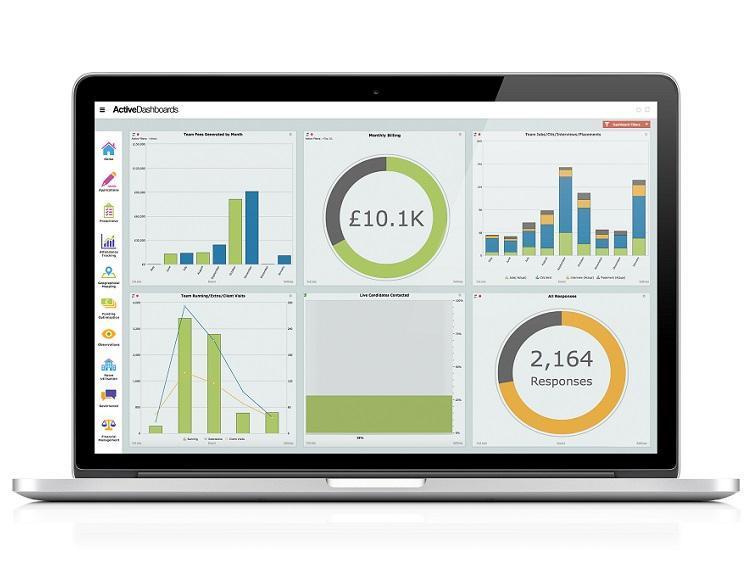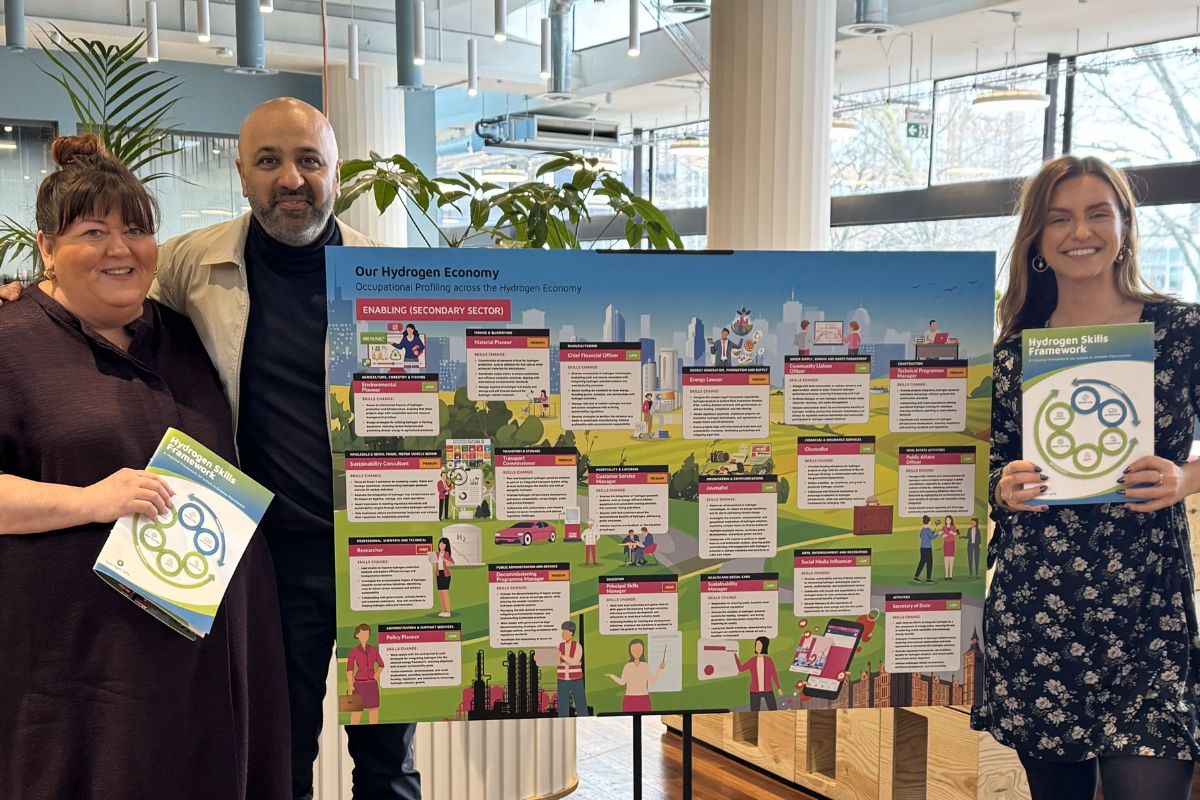Active Dashboards can improve accountability and reduce workloads for college staff

Data rich and information poor: how a new way of analysing and reporting data transformed operational efficiency for USP College
In an industry full of data – from exam results, to student attendance, staff performance to learner recruitment – it can often be daunting to understand which data holds the most value and where to start when it comes to analysing specific data sets. A lot is at stake in the education sector; it’s not only about which students get the best results, it’s about meeting Ofsted and other regulatory standards, maintaining a stellar reputation, staying competitive by hiring the best staff and ultimately, being able to prepare students for the next steps in their academic or working lives.
In December 2016, Unified Seevic Palmer’s (USP) College, formerly Seevic and Palmer’s Colleges, which delivers learning to almost 3,000 students at its campus in Benfleet, Essex, recognised the need to be able to draw specific information from its data sources for various departments. An Ofsted visit resulting in the need to focus more on Maths and English attendance for its students led to USP College using in-house resource in a bid to get better insight from its data on how attendance could be improved.
However, after a change in leadership and the realisation that too much time was being spent on the issue by staff who were already very time-sensitive, the expertise of business intelligence software provider, Dynistics, was sought to use data efficiently and intuitively to meet targets and deliver positive outcomes.
“Accessibility was a huge driver for us, and we realised the data analytics we were doing on our own was developing too slowly to make the impact we needed,” explains Scott Bowak, Associate Director Information Systems, USP College. “We needed a solution that would help us use our data consistently to meet our aims and improve our processes.”
Achieving consistency across the college
After 3 months of using the solution, USP College increased its use of the Active Dashboards solution implemented by Dynistics, going from 20 users on the system to an enterprise-wide roll out, enabling all departments and tutors to benefit from real-time data visualisation and reporting. Additionally, when USP College successfully merged with Palmer’s College in August 2017, Active Dashboards was further developed to ensure the data was accessible, intuitive and easy to use for both colleges.
“After a smooth installation process, we were quickly able to achieve a consistent use of the data we had across the college,” Scott continues. “We had collated a lot of data about our learners, but we needed to understand the patterns from this data and what it was actually showing us; making poor or good performers stand out and making simple inferences that could lead to really improving outcomes for both our staff and students.”
Specific areas of measurement
With various areas across the college needing attention at different times of the year, deciding what to prioritise in order to meet specific targets is key. “At the start of the academic year, a focus for us is attendance and retaining learners. This involves looking holistically at the course, splitting provisions and comparing it weekly and monthly to previous years to give us the best overall view,” Scott explains. “Using Active Dashboards enables our teachers to look at data whenever they need to and see where improvements to attendance can be made, not just with a single course, but across the curriculum. These issues can then be discussed in staff meetings, by simply bringing up the reports and quickly seeing attendance in particular learning areas, strategising where we need to intervene or put preventative measures in place.”
Focus then moves to recruitment of new learners and assessing staffing levels for the upcoming academic year. As Scott explains, being able to compare reports to previous years and other local areas is hugely advantageous for putting new plans in place. “For learner recruitment we look at trends from previous years as well as how the applications we get pass through to enrolments. We may look at areas for growth or where we have lost learners over the course of the year, all of which helps us to strategically see where we need to focus. Being able to quickly see this information by just looking at the dashboard really does make a huge difference to the operational efficiency of the college.”
Demonstrating improvements
As well as improving efficiency and accessibility of the data, the use of Active Dashboards has also improved accountability across the college and reduced the workload of many members of staff. “We have clearly seen a significant reduction in requests for ad-hoc data to be collated or collected, which took up a lot of time before. As all of our staff are already juggling huge workloads, it’s made a substantial difference and enabled us to adopt a more streamlined way of working. Additionally, it’s shown us how we can link many areas of our curriculum together rather than just looking at it in silos; for example, to improve attendance to Maths and English lessons as required by Ofsted, we’ve looked at other courses such as Engineering that also require Maths and English to see how our staff can take greater accountability for their learners. This helps us demonstrate the steps we’re taking towards positive outcomes and putting interventions in place, which is essential for Ofsted.”
Rewind to when the dashboards were first implemented to USP College and the difference that has been made is clear. “The solution has given us more efficient and intuitive access to information and data and has provided a platform for sharing information in an effective way, resulting in more positive outcomes for our learners. It’s definitely met the objectives we set out to achieve at the start of the process,” Scott concludes. “Whilst some of the benefits we’ve seen impact certain areas or departments in particular, overall it has really transformed how the college is run and has made a huge difference to both staff and students.”











Responses